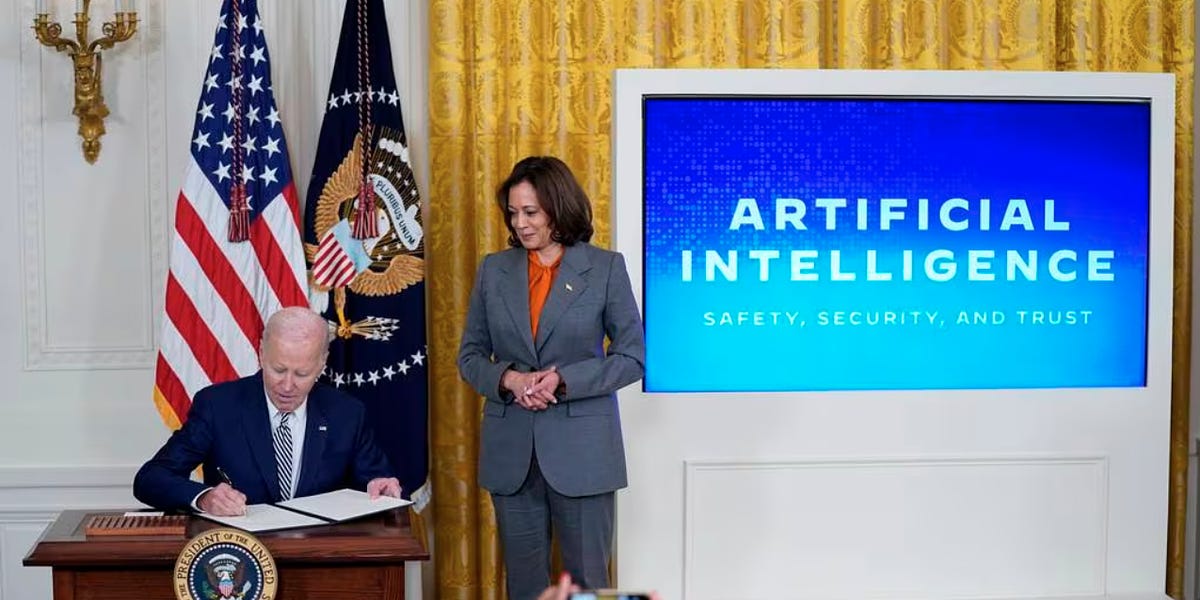AI Regulation is Unsafe

🌈 Abstract
The article discusses the risks and concerns around AI regulation, arguing that government involvement is likely to exacerbate the most dangerous aspects of AI while limiting its potential upside.
🙋 Q&A
[01] AI Regulation is Unsafe
1. What are the two major forms of AI risk discussed in the article?
- Misuse risks: Humans using AIs as tools in dangerous ways
- Misalignment risks: AIs taking their own actions at the expense of human interests
2. Why does the article argue that governments are poor stewards for addressing these AI risks?
- Misuse regulation: Governments have reasonable rules but also costly regulations due to omission bias and incentives to protect small but well-organized groups.
- Misalignment regulation: Governments do not have strong incentives to care about long-term, global costs or benefits, and have strong incentives to push AI development for their own purposes.
3. How does the article compare government regulation of AI to the regulation of nuclear technology?
- The article argues that just as governments strictly regulated civilian nuclear technology while racing to integrate it into military applications, they will similarly preserve the most dangerous misuse risks from AI while pushing its development for military and population control purposes.
4. What types of short-term government regulation does the article expect, and how does it view the impact of such regulation?
- The article expects governments to primarily focus on protecting well-organized groups like copyright holders, drivers unions, and other professional lobby groups through regulation.
- While this type of regulation has less risk than "misaligned killbots", it still limits the potential upside from the technology.
[02] Default Government Incentives
1. What are the key incentives that the article argues drive government actions?
- Myopia: Governments have strong incentives to ignore long-term or global externalities that occur outside their borders or election cycles.
- Violent competition with other governments: Governments will want to use AI for military and population control purposes.
- Negative sum transfers to small, well-organized groups: Governments will protect the interests of powerful lobby groups at the expense of the broader public.
2. How does the article argue these incentives will impact government regulation of AI?
- Governments will prioritize their own military and population control interests over reducing existential risks from AI.
- Regulation will preserve the most dangerous misuse risks while also pushing the development of AI in ways that exacerbate misalignment risks.
3. What historical example does the article use to illustrate how successful advocacy can be redirected into catastrophic effects?
- The article points to the environmental movement of the 1970s, where their advocacy led to powerful regulations like the National Environmental Policy Act (NEPA). However, these regulations have now become a barrier to decarbonization, as the standard government incentives have redirected their influence in a harmful way.
[03] Negative Spillovers
1. What is the key argument the article makes about the potential impact of successful AI safety advocacy?
- The article argues that even extraordinarily successful advocacy for AI regulation, similar to the environmental movement, is likely to be redirected by standard government incentives into outcomes that exacerbate the very risks it was intended to address.
2. Why does the article suggest that AI safety advocates should not expect to do much better than the environmental movement in terms of the long-term impact of their advocacy?
- Many of the proposals for AI regulation, such as permitting AI models, are similar to the permitting approach used for construction projects under NEPA. The article suggests this approach is likely to be subject to the same redirection by government incentives.
3. What is the article's overall conclusion regarding the relationship between belief in AI existential risk and support for greater government involvement in AI development?
- The article concludes that belief in the potential for existential risk from AI does not imply that governments should have greater influence over its development, as government incentives make them misaligned with the goal of reducing existential risk.